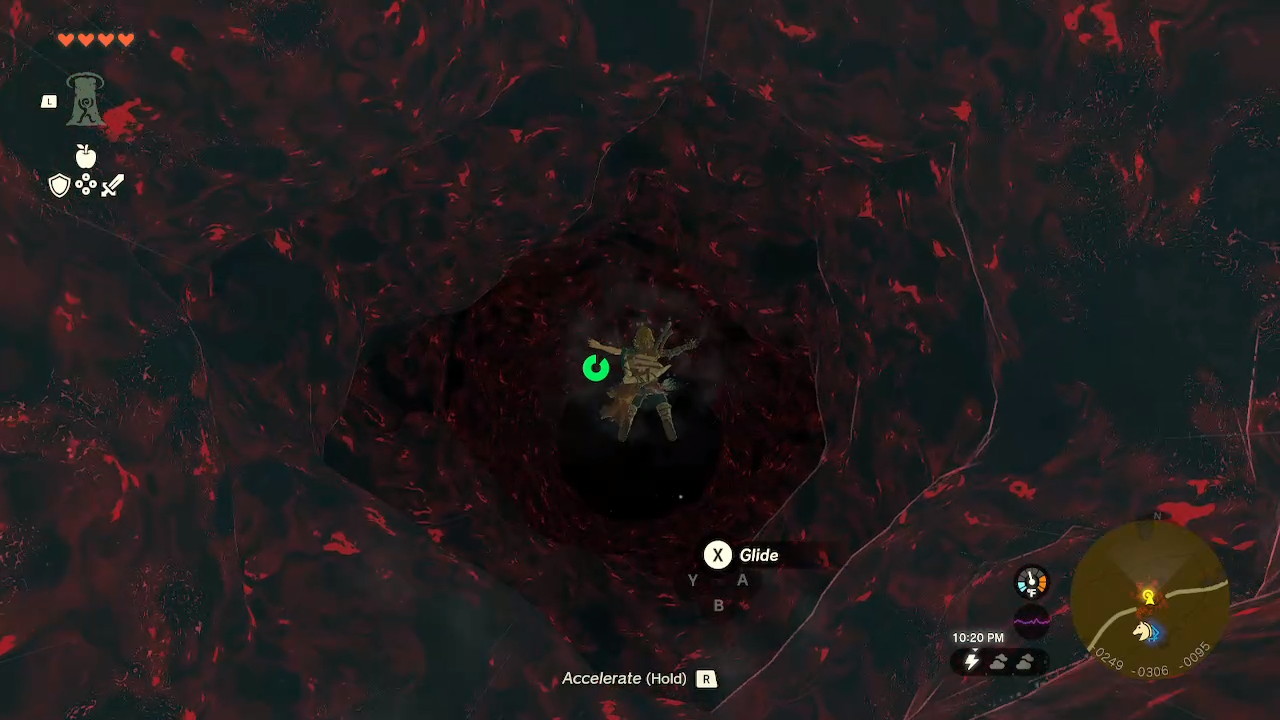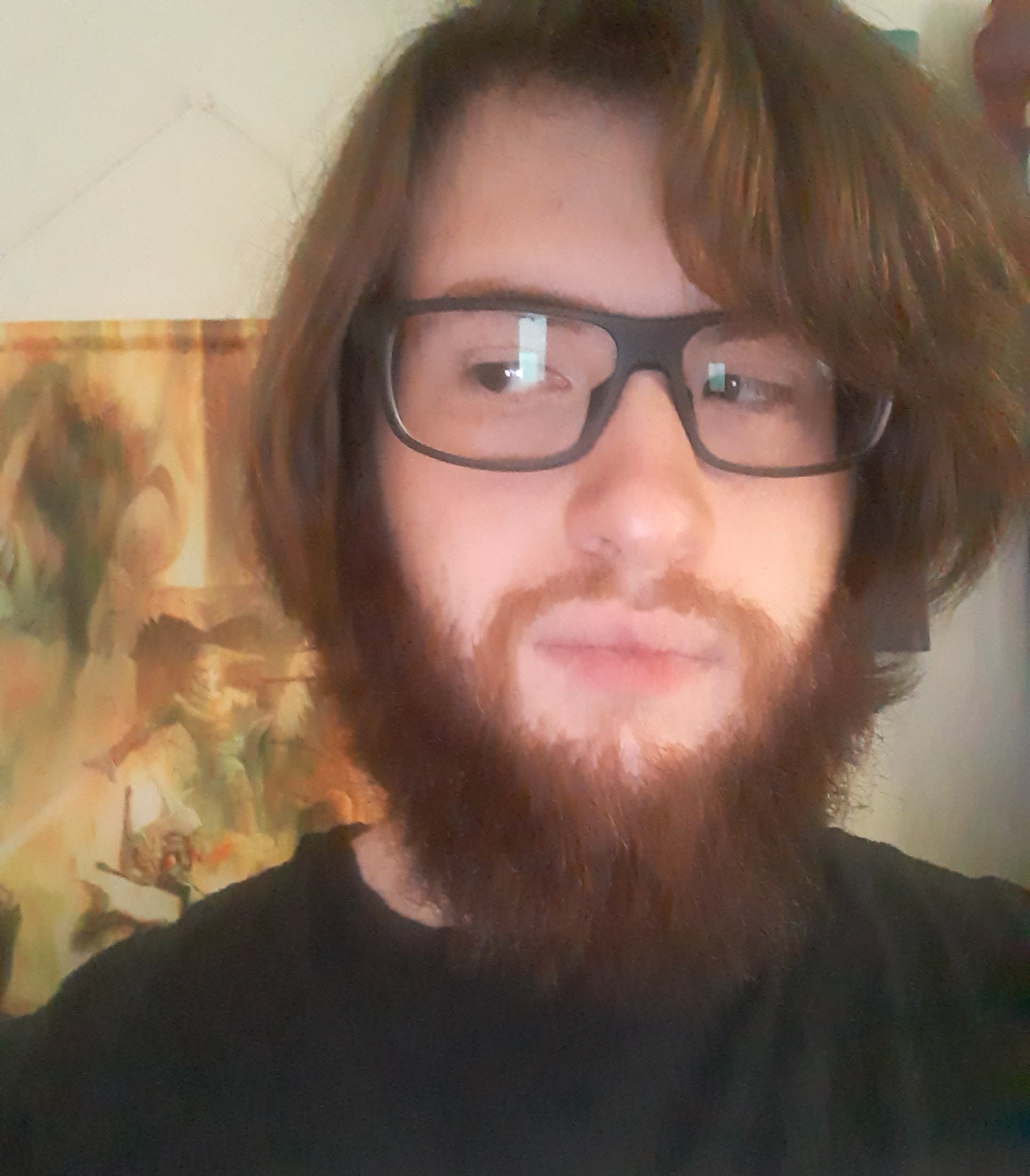Tears of the Kingdom Developers Touch on Dungeon Design, Majora’s Mask Comparisons, And The Depths
Posted on May 26 2023 by Charles Xavier

Since May 12th, I have been glued to my television screen playing Tears of the Kingdom practically non-stop. I am in complete awe of this game — it’s scope is beyond anything I ever dreamed of, as The Sky and The Depths add more new content than I thought they would. Even The Surface, with its caves, wells, and the ramifications of the falling Sky islands and the newly formed Chasms have transformed the landscape we are so familiar with, making it feel different, while still being the same.
As for the addition of dungeons in the game, I have yet to experience them all, but the two dungeons I have completed have been immensely enjoyable. Interestingly Tears of the Kingdom director Hidemaro Fujibayashi and The Legend of Zelda series producer Eiji Aonuma recently sat down with Polygon to talk about dungeon design, the comparisons of Tears of the Kingdom to Majora’s Mask, and how the idea for The Depths came about.
Speaking on dungeons, Fujibayashi mentions they wanted the gameplay to have a seamless transition between the world and the dungeons. And he also iterates that the philosophy behind the design for the dungeons was to find a hybrid between traditional Zelda dungeons and the Divine Beasts from Breath of the Wild:
[Polygon] In Tears of the Kingdom, I’ve noticed that the dungeons are a bit more pronounced than the Divine Beasts were in Breath of the Wild. These new temples aren’t exactly like the dungeons from past Zelda games, but they’re definitely closer.
Fujibayashi: So first of all, I want to point out: One of the appeals of this game is the idea that everything is seamless. And when we were creating dungeons for Tears of the Kingdom, we thought that it’s really essential to be able to leverage the theme of being seamless with these dungeons.
So you have the Sky Islands, and the Depths, and then taking it all and applying this multiplicative gameplay concept… We started creating dungeons, and we came up with the ideas about how you, you know, skydive into a dungeon, or walk seamlessly into a dungeon. And some of the potential solutions to those dungeons rely on your going in and out of them.
I’m curious what other Zelda games besides Breath of the Wild had the biggest influence on Tears of the Kingdom.
Fujibayashi: I mean, there’s no specific title that really had a huge impact. But I was involved with Breath of the Wild, you know, and one of the themes for Breath of the Wild was “moving dungeons.” And I was also involved with Skyward Sword, and that had more of the hardcore, standard puzzle-solving dungeons. And I felt like I had a good idea of what the fans like about those two things.
So I feel like I attempted to take those things and put them together into one sort of hybrid format. That’s what Tears of the Kingdom is.
Moving on, ever since Tears of the Kingdom was announced as the sequel to Breath of the Wild fans have been comparing it to Majora’s Mask. When asked about these comparisons, Aonuma went on to say the challenges of creating Tears of the Kingdom were the exact opposite of the ones they faced with Majora’s Mask:
People have compared Tears of the Kingdom to Majora’s Mask, in the sense that it’s a follow-up to a very critically acclaimed game, yet it’s taking a lot of bold risks. Would you say that comparison is apt?
Aonuma: With Majora’s Mask — this is something I didn’t really talk a lot about at the time. But that game is kind of the [answer to] the question of: What would you do if you had to make a Zelda game in a year? Ocarina of Time took five years, and we were able to use the ingredients and assets from that to make Majora’s Mask.
In some ways, this was kind of an unreasonable challenge for us to even try to take on. But we decided to take the approach of creating a more compact world, which was somewhat self-contained. And there’s this system of the three-day cycle that would recur over and over again. And as the player went through that game, they would solve the overarching puzzle that kind of was the game. This was definitely a struggle and a challenge to accomplish in one year.
And you know, in thinking about Majora’s Mask in comparison to Ocarina of Time in that way, the change from Breath of the Wild to Tears of the Kingdom kind of goes in reverse. [It was] the opposite sort of challenge, in which we took the same world and some of the same materials, or constituent parts, but needed to make it [all] bigger, and needed to create a more expansive world. Not just in the horizontal sense, but vertically as well.
I think it’s interesting what fans are picking up on. Tears of the Kingdom has a somewhat dark atmosphere, and Ganondorf, this prominent antagonist, brings a certain darkness to it as well. But I think, because of the reasons I mentioned, that these were two very different challenges, and that they don’t have that direct relationship.
There is definitely a dark atmosphere to this game, between Ganondorf’s return, and the Chasms that lead to The Depths, which Fujibayashi expands on:
Speaking of darkness: You knew pretty early on that you wanted to expand on the existing Hyrule from Breath of the Wild. How did you come up with the idea for the Depths?
Fujibayashi: It kind of plays into what we talked about earlier — this idea of vertical play. We created the Sky first. But then we thought, There’s not enough in terms of distance. So then we thought, Maybe we can look to the ground to provide more distance.
When you’re talking about the Sky, there’s just the idea of skydiving down to the Surface. But if we were to, say, have a chasm, you can dive even further, and have even more fun doing that.
On top of that, there’s also the idea of expanding the amount of exploration and the amount of discovery that you can have within the game. The Depths, as this place to explore and expand — not only in the sense of adventure, but also in terms of distance — really suited the game.
The interview goes on to give a little more insight on the decision to include the Zonai into the game, which I found interesting, and even ends with a question on whether the recent success of the Mario movie could lead to a Zelda adaptation. You can check out the full interview right here.
Are the dungeons in Tears of the Kingdom a satisfactory middle ground to you between the design of the older games and Breath of the Wild‘s modernized design? Have you spent much time in The Depths, and are you enjoying it? Sound off in the comments below!
Source: Polygon

Charles is a Senior Editor at Zelda Dungeon. He is a Visual Development artist focused on enviroments and pitch paintings. Check out his Instagram and Twitter to see his latest artworks, a lot of which is Zelda fan art! His favorite candy is Skittles – he feels the world should know this.



